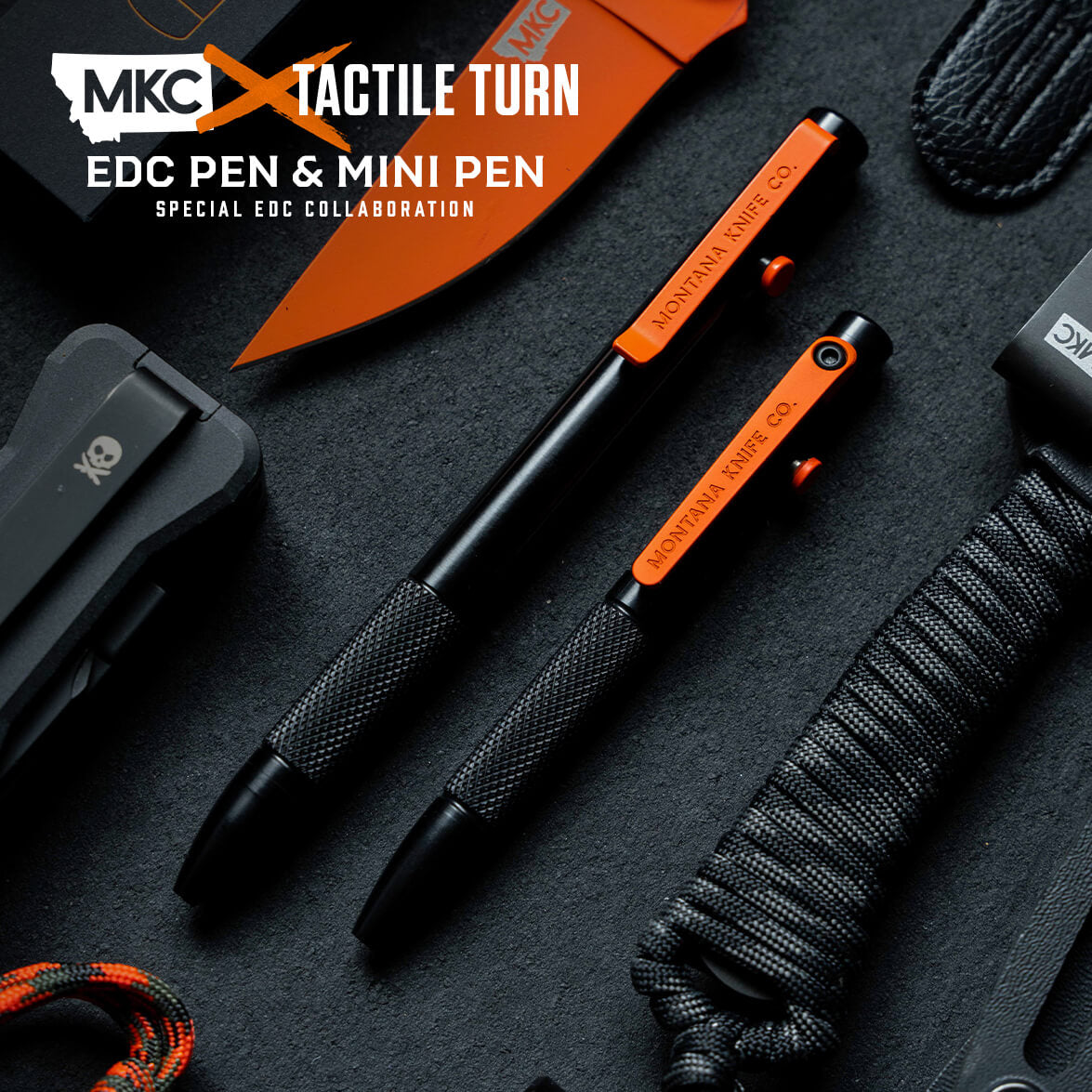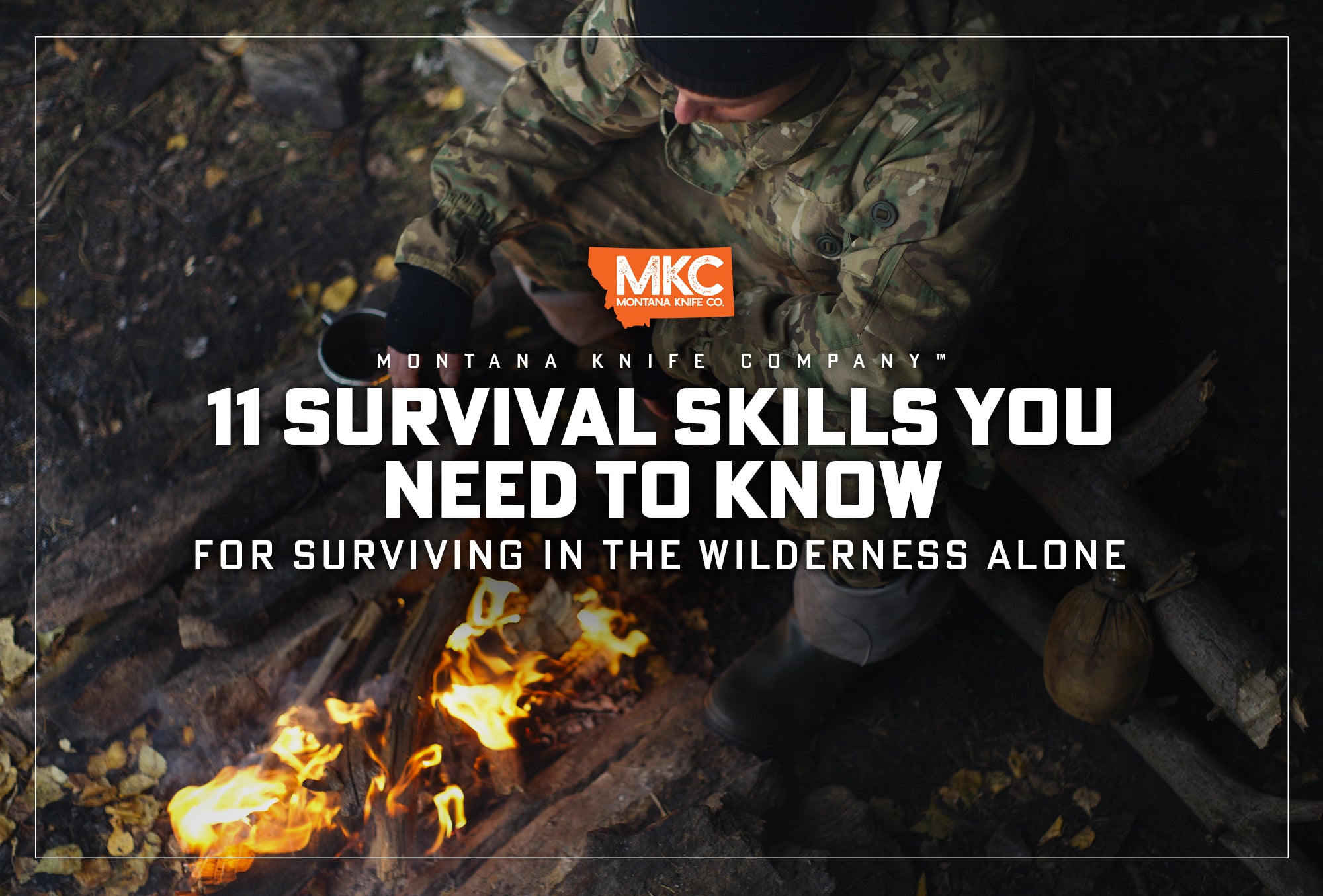Knife safety for kids is such an incredibly important topic that we knew it deserved its own article.
Why? Well, knives are sharp (obviously). No matter how old you are, you’re going to cut yourself at some point, period.
But, when a child gets cut with a knife, it’s often due to a lack of education about knife safety.
Accidents happen and we don’t always have control over them, but we do have control over how we educate our children. Teaching them basic knife safety can reduce the likelihood of serious injury.
When to Teach Your Kids About Knife Safety
I believe parents should teach their kids knife safety from a young age. As I tell my students, it’s better to make someone smarter sooner than allow them to remain dumber longer.
As with most things, parents often ask: What age is appropriate?
In my opinion, it has less to do with age as a number and more to do with maturity. All children are unique, and they mature at different rates. Some are very mature at a young age; some grow to be my age and still aren’t mature!
Bottom line, because you can never be too safe, it’s good to start teaching kids knife safety as soon as they’re mature enough to listen, follow directions, and handle some responsibility. Even at a young age, a child can still respect a knife as a tool.
There are lots of little tests you can do to gauge maturity. You might test your child using a low-risk knife, like a butter knife. Simply ask them to bring you a butter knife when you’re working in the kitchen and observe the manner with which they handle it.
Do they bring it to you in a responsible way? Do they run with it? Do they pretend it’s a lightsaber?
Kids will be kids, but this is a good way to gauge whether your child respects a tool. If they don’t, they might not be mature enough for more advanced lessons, and this is a great opportunity to remind them about knife safety.

Four Basic Knife Safety Rules for Children
I find it’s helpful to think about knife safety for kids similarly to how we think about firearm safety. These are rules many adults are familiar with and can easily remember and pass on to their kids.
Rule #1: Always Assume a Knife Is Sharp
Perhaps the most common firearm safety rule is to always assume a gun is loaded. By keeping that in mind, you’ll never play around with a gun thinking it’s not dangerous.
The same rule applies to knives: Always assume a knife is sharp. Never assume it’s dull and won’t cut you.
Like a firearm, a knife has a danger factor. Get this into your kids’ heads early on, and they’ll treat knives with the same respect they would a firearm.
Rule #2: Don’t Bring the Blade Near Something You Don’t Want to Cut
We tell new firearm-wielders to never let the muzzle cross anything they’re not willing to destroy or pay for. The same goes for knives. Never point the tip of the blade at something you’re not willing to puncture, and never pass the edge over something you’re not willing to cut.
Rule 3: Don’t Hold It Unless You’re Ready to Use It
Another important gun safety rule is to keep your finger off the trigger until you’re ready to pull it. The same goes for knives: Don’t pick one up unless you’re ready to use it. They aren’t fidget spinners.
Far too often, I see grown adults play with folding knives in their pockets, opening and closing them, flicking the thumb studs. That’s not good pocket knife safety. Inevitably, they end up cutting a hole in their pants, stabbing their thigh, or slicing their finger.
What baffles me is when people shopping for knives look for the “fidget factor.” The same way we might talk about features like blade geometry or weight, they ask if a blade is fun to fidget with.
With proper instruction, kids will learn not to play with knives. Instead, they’ll learn to respect them and use them as they’re meant to be used. It’s a lesson they’ll carry into adulthood.
Rule #4: Know Your Target and What’s Beyond It
With firearms, if you’re shooting at a target, you’d better know what or who is behind it in case you miss or the bullet passes through. The same applies to knives. It’s important to know not only what you’re cutting, but what’s behind or underneath it, in case you cut all the way through the material. Always ask: If the blade cuts through this material, will it cut something or someone else?
There are lots of easy opportunities to teach this. Slicing open the tape on an Amazon box, which is stable and straightforward, offers kids a chance to practice being careful to avoid puncturing whatever’s inside.
Knife Safety for Kids: Getting Started
It’s hard to give your child a knife for the first time. We love our kids, and our hearts break when we see them get hurt. By practicing these knife safety tips, we can keep them as safe as possible.
Cut Soft Foods at First
I started teaching my own kids about knife safety in the kitchen. We didn’t start with a huge chef’s knife or cleaver, but with a small knife they could easily control.
In the kitchen, give your child something soft to cut, like a banana or a piece of watermelon, and have them help you make fruit salad. That way, they can mimic your technique on an easy-to-slice object.
Kids will learn even when you don’t expect them to be learning because they’re always paying attention. This leads me to my next tip.
Model Knife Safety
The best way to teach knife safety to kids is to model knife safety, even when you’re not actively teaching. If your knife safety isn’t good, theirs won’t be either, no matter how much you preach to them.
Common sense isn’t that common, especially with children who are still figuring things out. More often than not, they learn by observing and absorbing what they see. For parents, that means if you do something stupid or dangerous, so will they.

Sit at a Table
While your child is cutting, have them sit at a table instead of standing, and instruct them to place their elbows on their thighs. This position enables them to have better control over their knife and protects them from cutting their legs. This is the same thing we teach adults who are worried about cutting themselves.
As your child’s knife skills advance, you can start teaching various techniques, like a rocking motion or cutting off less material at a time.
Stand Behind Your Child
One of the absolute most important tips is not to stand across from your child when they’re using a knife. The knife can easily slip your way. Instead, stand behind them, where you can reach forward and guide their wrist as they learn to control the blade.
Wear Protective Gear
Encourage children to wear protective gear while using knives, such as eye protection (glasses) and cut-resistant gloves (if splintery wood is involved).
While you’re at it, educate your children about what they should do if they cut themselves: how to apply pressure and how to find a parent or neighbor who can help. Make sure they know they’re not in trouble if they cut themselves; you don’t want them hiding an injury from you!
Store Your Blades Safely
It’s important to teach kids to store their knife safely when not in use, whether that means keeping it in a sheath or in a case. They always need to know where their knife is, period, and they need to learn that knives can’t be left out like toys. If at any given moment they can’t tell you where their knife is, a penalty should be implemented.
Sheathing and unsheathing a knife can be dangerous if not done properly, so also be sure to teach kids methods that keep them safe (examples in the video below!).
Be Hygienic
Have your kids wash their hands before and after they use a knife. Kids are often dirty and may not be aware of how slimy their hands get. Remind them that this could cause the knife to slip and result in an accident.
Knife Safety for Kids: Final Thoughts
Children will cut themselves at some point — that fact is unavoidable. What you as the teacher can control is how serious that cut is, and how often cuts happen.
Often, children have a healthy fear and respect for knives if taught proper knife safety and use from a young age. As you consider what lessons your child can handle at their maturity level, feel free to save this blog post and refer back to it.
The list of tips on knife safety for kids here and in the video below can make a big difference in protecting your most prized possession from a serious slice.
by Josh Smith, Master Bladesmith and Founder of Montana Knife Company
with Kevin Estela, Best-selling Author, and Director of Training for Fieldcraft Survival






































